Spending a day at the beach is truly a delightful and rejuvenating experience. Nevertheless, in order to guarantee a delightful and secure beach outing, it is crucial to stay mindful of possible dangers and take the required measures. Take a deep dive into the must-know beach safety tips that encompass swimming precautions, sun protection, and environmental considerations.
1. Ensuring Safety While Swimming
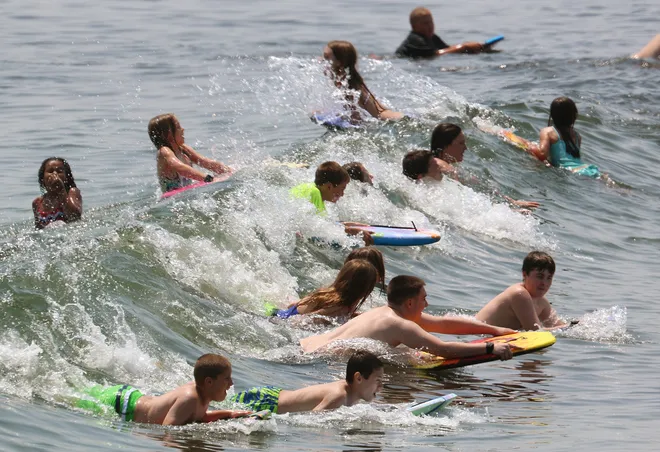
Exploring Water Conditions
Prior to immersing oneself in the ocean, it is of utmost importance to have a comprehensive understanding of the water conditions and remain vigilant about potential hazards.
- Rip Currents: Rip currents can be extremely dangerous and should not be underestimated. It is important to be aware of the signs of a rip current and know how to react if you find yourself caught in one. These strong currents have the ability to drag swimmers away from the safety of the shore. If you find yourself caught in a rip current, remember to swim parallel to the shoreline until you are safely out of its grasp. Once you’ve escaped its clutches, make your way back to shore at a slight angle. Stay safe out there!
- Greetings: Be cautious of the powerful waves that have the potential to cause you to lose your balance or be submerged. It’s important to stay vigilant when it comes to the waves. If the surf conditions appear to be rough, it might be wise to avoid going into the water.
- Tides: Stay mindful of shifting tides, as they have the potential to impact water depth and currents. Make sure to check the tide schedule and plan your swimming times accordingly.
Designated Swimming Zones
It’s crucial to only swim in designated areas where lifeguards are present. These areas are carefully monitored to ensure safety, and trained lifeguards are available to offer assistance in the event of any emergencies. Be sure to keep an eye out for any flags or signs that may indicate the current water conditions.
- Warning: Be cautious of hazardous conditions, such as strong waves or dangerous currents.
- Yellow Flag: Indicates a medium hazard level with moderate surf or currents.
- Green Flag: Indicates low hazard and calm conditions.
- Purple Flag: Caution! The water is home to some potentially hazardous marine creatures, like jellyfish or sharks.
Swimming Skills
Make sure you feel secure in your swimming skills before heading out into the ocean. If you’re not confident in your swimming abilities, it may be helpful to use flotation devices or stick to the shallow areas of the water. Additionally, it’s advisable to:
- Always Swim with a companion. It’s important to have someone with you when you swim. Having a friend by your side guarantees that assistance is readily available whenever necessary.
- Stick to the Appropriate Depth: It’s important to choose swimming spots where you can easily stand if necessary.
2. Protecting Your Skin from the Sun
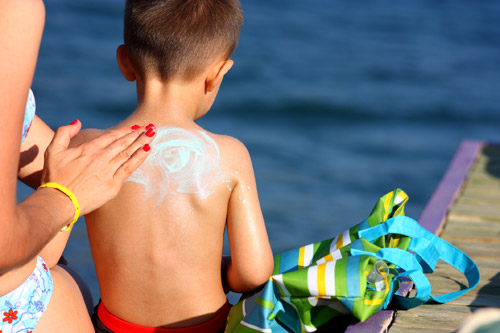
Applying sunscreen is crucial for safeguarding your skin against the damaging effects of UV rays. Here are some helpful suggestions:
- Sun Protection: It is important to use a sunscreen that provides protection against both UVA and UVB rays.
- Opt for a sunscreen with an SPF of 30 or higher to ensure adequate protection. Using sunscreens with higher SPFs can offer increased protection, particularly for individuals with fair skin.
- Apply on a regular basis. Remember to reapply sunscreen every two hours, or even more often if you’ve been swimming or sweating.
Protective Clothing
Wearing protective clothing can offer extra protection from the sun’s rays.
- Rash Guards: These shirts are perfect for water activities and offer excellent UV protection.
- Fashionable Headwear: Stylish headwear with broad brims can provide protection for your face, ears, and neck against the sun’s rays.
- Sunglasses: Ensure the safety of your eyes by opting for sunglasses that effectively block 100% of UVA and UVB rays.
In Search of Some Shade
Find some relief from the sun by finding shade under umbrellas, tents, or trees. Following these tips can help you avoid excessive sun exposure and lower the chances of sunburn and heat-related illnesses.
3. Staying Hydrated and Nourished
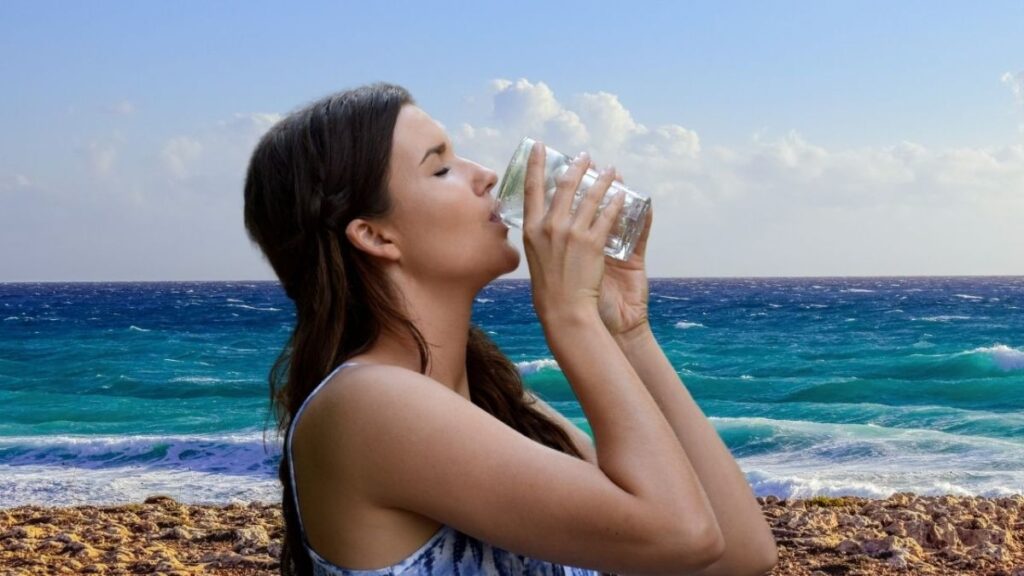
Keeping Yourself Hydrated
Staying out in the sun and engaging in physical activity can cause dehydration. Stay properly hydrated by:
- Staying Hydrated: It’s important to stay hydrated by bringing plenty of water and drinking it regularly, even if you don’t feel thirsty.
- Steering Clear of Alcohol and Caffeine: These substances have a tendency to accelerate dehydration. Consider choosing water or drinks that help replenish electrolytes instead.
Healthy Snacks
Remember to pack nutritious snacks to maintain your energy levels throughout the day. Think about:
- Fruits and vegetables are great for staying hydrated and getting important nutrients.
- Foods that are high in protein: Enjoying a variety of snacks such as nuts, yogurt, or cheese can be beneficial for sustaining your energy levels.
4. Raising Awareness for Marine Life
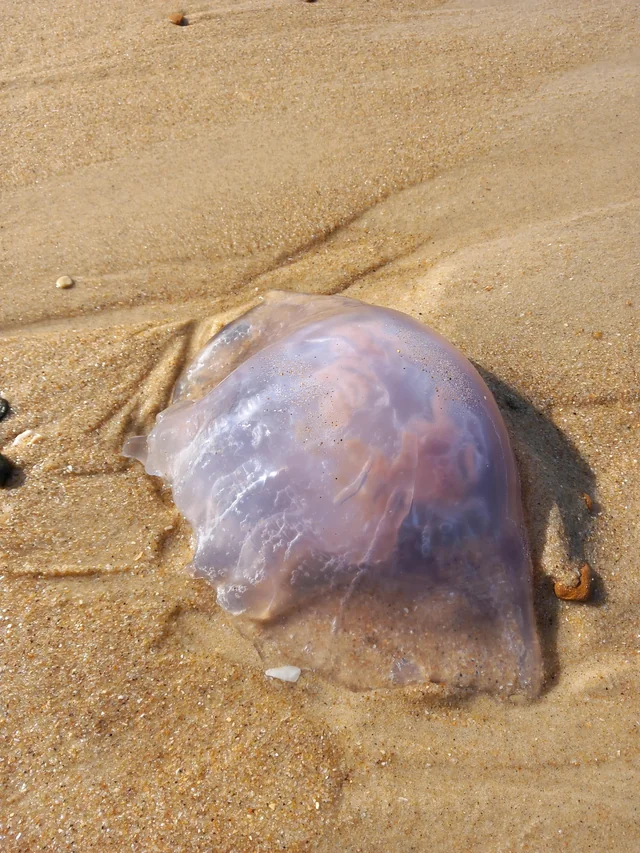
Identifying Potentially Harmful Marine Creatures
Stay informed about the various marine creatures that can be dangerous:
- Jellyfish: Certain species have the ability to sting, resulting in discomfort and potential allergic responses. If you come across jellyfish, it’s best to steer clear of swimming in that particular area.
- Sharks: Although shark attacks are uncommon, it is crucial to adhere to the guidelines provided by local authorities and stay updated on any reported sightings.
- Sea Urchins and Stingrays: Watch out for these creatures, as they can cause harm if accidentally stepped on. When strolling through shallow water, it’s best to shuffle your feet to prevent accidentally stepping on anything.
Tips for Treating Marine Stings and Bites
Learn essential first aid techniques for typical marine stings and bites:
- Jellyfish Stings: It is recommended to rinse the affected area with vinegar in order to neutralize the venom. Use tweezers to carefully remove any tentacles and be sure to avoid rubbing the affected area.
- Stingray Stings: Soothe the affected area by immersing it in warm water (not too hot) to alleviate discomfort and make sure to consult a healthcare professional for further assistance.
- Sea Urchin Spines: Eliminate any visible spines by using tweezers and then soak the affected area in hot water. If spines are deeply embedded, it is important to seek medical assistance.
5. Ensuring a Safe Environment and Personal Well-being
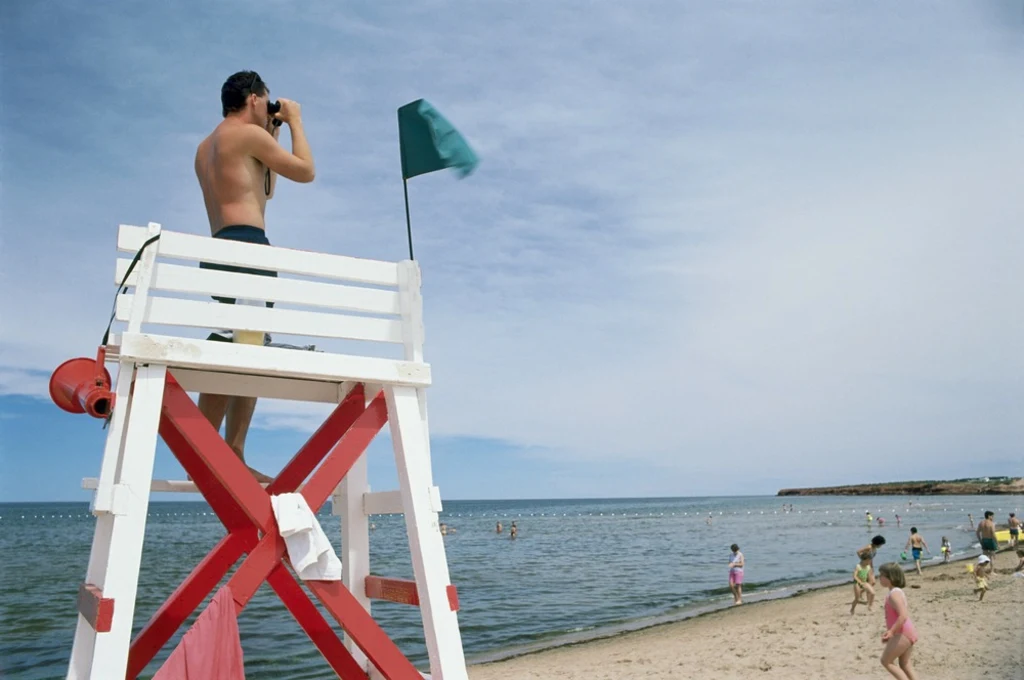
Proper Conduct at the Beach
Showing consideration for the beach environment and fellow beachgoers guarantees a delightful experience for all.
- Properly Discard Trash: Utilize the designated trash bins and, whenever feasible, engage in recycling efforts to maintain the cleanliness of the beach.
- Show Consideration for Wildlife: It is important to maintain a respectful distance when observing marine life and to refrain from disrupting their natural habitats.
- Respect Local Regulations: It is important to follow the rules and guidelines set by the beach authorities in order to prioritize safety and protect the environment.
My Personal Belongings
Ensure the safety and security of your personal belongings.
- Consider utilizing a beach locker if one is accessible to you. It can provide a secure place to store your valuable belongings. Otherwise, it would be wise to bring a waterproof bag to ensure the safety of your belongings.
- Be Vigilant: Remain attentive to your belongings and refrain from bringing unnecessary valuables to the beach.
Water Sports Safety
If you’re thinking about participating in water sports, it’s important to keep these safety tips in mind:
- Prioritize Safety: Ensure that you are equipped with the necessary gear, such as life jackets, helmets, and other safety equipment.
- Be aware of your boundaries. It is advisable to avoid attempting activities that are beyond your current skill level. Consider seeking guidance if needed.
- Please adhere to the instructions: It is important to give your full attention to safety briefings and carefully adhere to the instructions provided by instructors or lifeguards.
6. Emergency Preparedness
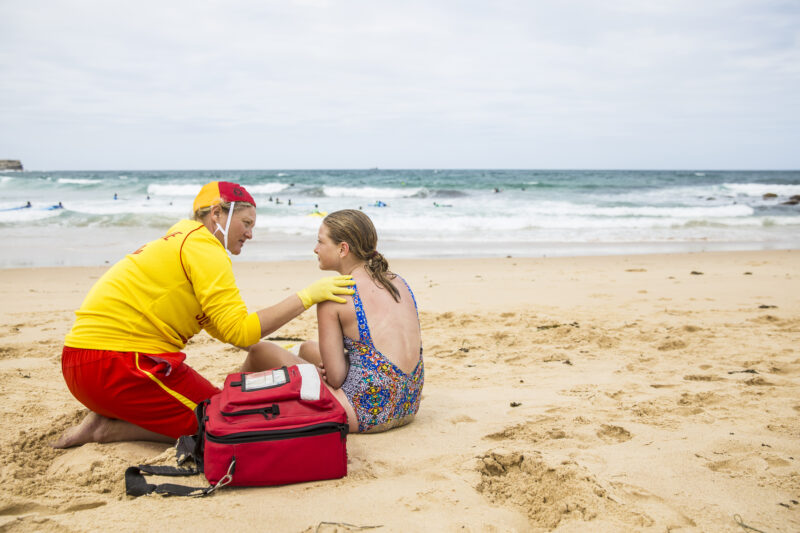
Be aware of the whereabouts of lifeguards.
Take note of the locations where the lifeguards are stationed, and pay attention to the signals and flags they use to communicate water conditions. Remember, lifeguards are always there to assist you in case of emergencies, so don’t hesitate to reach out to them for assistance.
Make sure to have a plan in place for emergencies.
Create a contingency plan for your group.
- Establish a Meeting Spot: Select a location to gather in case someone becomes separated.
- Always have your emergency contacts readily available. Make sure to compile a comprehensive list of emergency numbers, including the contact details of local medical services and your fellow group members.
First Aid Knowledge
Having a basic understanding of first aid can be extremely helpful in unexpected situations.
- CPR: Acquire knowledge about CPR techniques to effectively aid someone who might be drowning or facing cardiac distress.
- First Aid Kit: It’s always a good idea to have a basic first aid kit on hand, complete with bandages, antiseptics, and other essentials. You never know when you might need it!
Final Thoughts
Ensuring safety is crucial to maintaining enjoyment and creating lasting memories of a day at the beach. By adhering to these thorough beach safety guidelines, you can ensure the safety of yourself and your loved ones, enabling you to fully unwind and savor the sun, sand, and sea. Keep in mind that taking some time to prepare and stay alert can greatly enhance your safety and enjoyment during a beach outing.